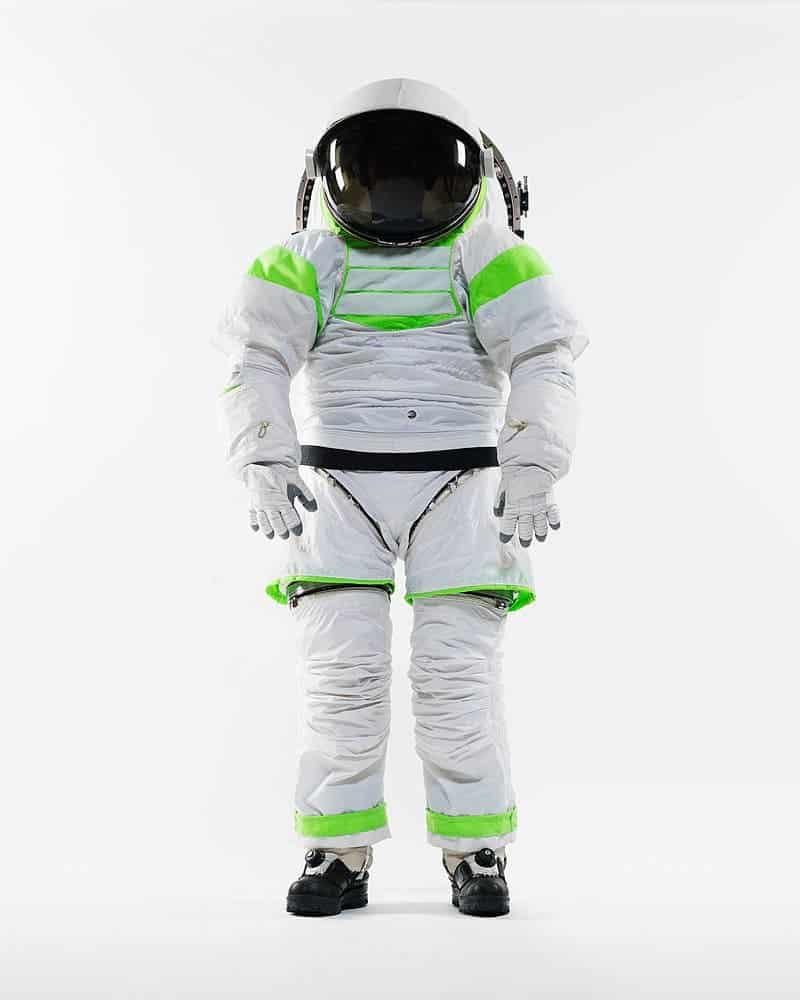If you want to explore outer space, you need quite a fair bit of fancy equipment: a good ship, life support, and of course, a reliable space suit. Spacesuits aren’t just a piece of clothing astronauts wear in space — instead, a spacesuit is more like a miniature spacecraft in itself.

Spacesuits are festooned with life-support systems that protect the astronauts against the harsh conditions of outer space — the chic look is just a pleasant side effect. Despite multiple and different types of suits being developed over the years, they all have the same main purpose: to protect the astronauts from any harm they encounter during the expedition.
Three MAIN types of space suits are:
- IVA (intravehicular activity) — inside a pressurized spacecraft, while ascending and descending and during inside operations;
- EVA (extravehicular activity) — the “spacewalk” suite;
- and IEVA (intra/extravehicular activity) — meant for both inside outside use, such as the Gemini G4C suit.
Astronauts often report the spacesuits they are compelled to wear on such expeditions as uncomfortable, but they don’t really have much of a choice: should the suit fall short, you’re toast.

The temperature in space can fall below -250° F and gets as hot as 250°F. So the spacesuits provide protection against extreme temperatures — but also against debris, radiations, and dust. The suits provide apposite air pressure for the astronaut and also water and oxygen for breathing in space. They essentially keep astronauts alive in the dead vacuum of space.
Spacesuit history
The very earlier concept of spacesuits came from Garett P. Serviss’ fiction novel “Edison’s Conquest of Mars” in the late 19th century. This concept was further explored in the 1930s in a series of comic books. However, it was also in the early 1930s that the full-pressure suits devised for extremely high altitudes made an appearance — the first real version of a spacesuit.
However, the very first actual spacesuit “Soviet SK-1” was worn by Yuri Gagarin in 1961. It weighed 20 kg (44 lb).
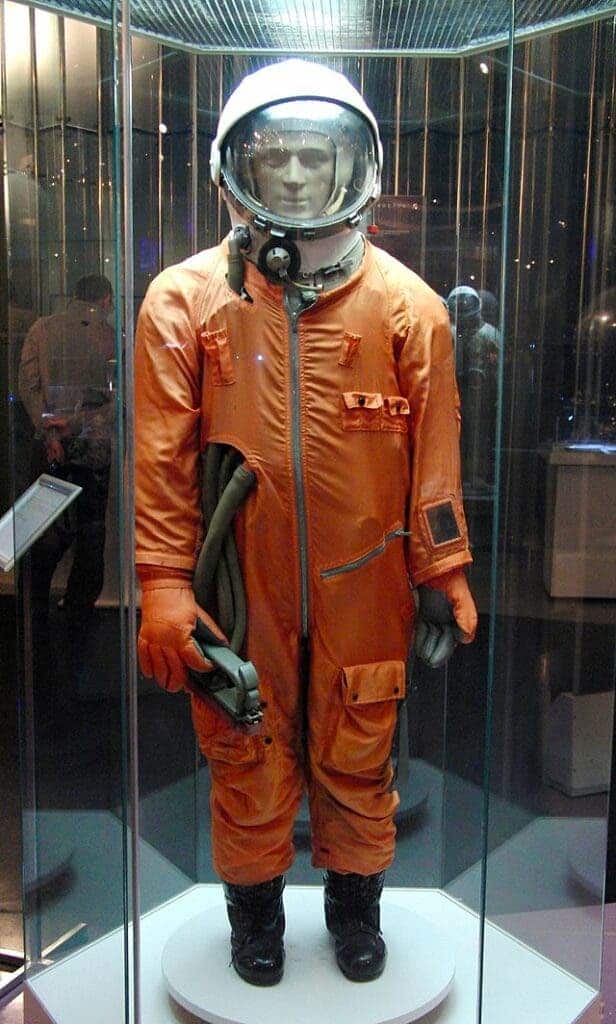
With the advancements in the field of science and technology, spacesuits have undergone multiple noticeable changes – the modern ones look increasingly cool and are more efficient at the same time. We are once again standing on the verge of pristine space adventures which will eventually be gifting us with new and advanced spacesuits.
In 1946, the ‘Henry suit’ established by the US military was a partial pressure spacecraft – specialized for maintaining healthy pressure for the human body when even at precariously high altitudes. The suit featured metal loops at the neck and wrist regions for helmet and glove attachment, essentially sealing the fully pressurized human body-shaped spacesuit.
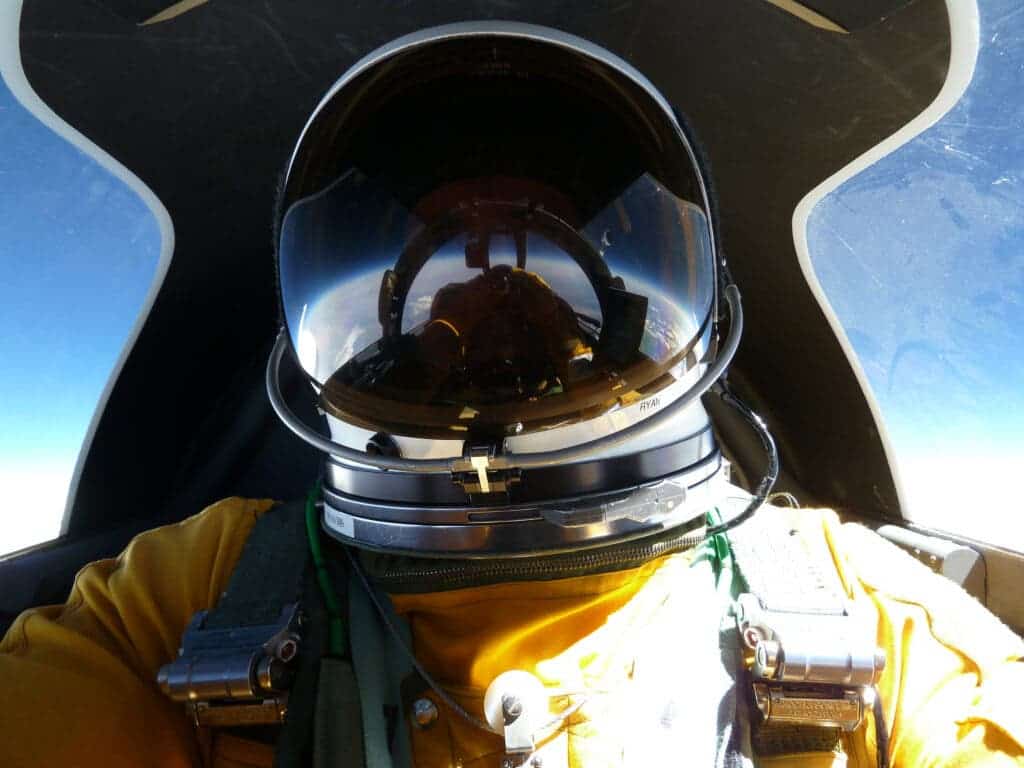
Credits: NASA Photo / Tom Ryan
Ultimately, humans moved higher and higher in the sky, until they left Earth altogether. But space exploration wouldn’t have happened the way it did without reliable spacesuits.
The suit allows the space crew members to accomplish their tasks in the harsh environment outside the spacecraft while keeping them safe and fit. These xEMU spacesuits were worn by Buzz Aldrin, Neil Armstrong, and other astronauts of Apollo missions while landing on the moon fifty years ago.

Spacesuits also help astronauts go to the toilet… or rather, help them not go to the toilet. Astronauts wear a garment aptly called the ‘Maximum absorption garment’ (MAG), which is essentially a big adult diaper.
For a spacesuit to be considered safe and efficient, it must meet certain requirements – the most important being constant internal pressure. Lower than normal pressure accounts for greater movement while causing the increased nausea caused by decompression. Are they really multifunctional? Well, sixteen layered spacesuits are capable of performing numerous functions. The spacesuit provides oxygen for breathing, temperature control, communication techniques, movement, and fluid collection systems. Oxygen is supplied through a cord attached at one end to a backpack support system and a spacesuit at another. Lithium hydroxide canisters remove the carbon dioxide from the spacesuits.
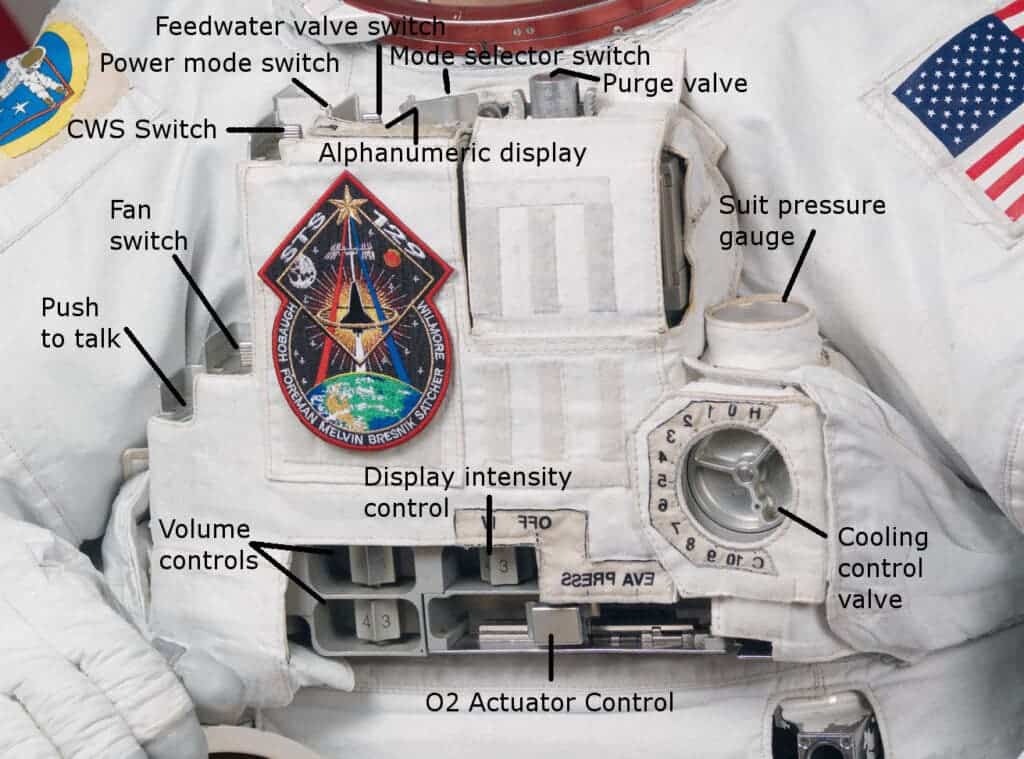
Spacesuits can also cause unexpected woes for astronauts. NASA called off the all-woman spacewalk in March 2019 because the spacesuits available were only large-sized and suitable-sized spacesuits were not accessible. But this might not be an issue for much longer.
Astronauts at NASA’s Johnson Space Center are about to get their spacesuits designed according to their individual body shapes. Using the 3D model, NASA design a modular spacesuit for astronaut which provide the astronaut with all possible movements and comfort. So, each spacesuit is now being customized fit to the size, height, and ease of the astronaut so that if a spacewalk gets terminated now, it won’t be due to the spacesuits don’t match.
Despite all these facilities provided with the spacesuits, wearing a spacesuit for too long can also cause health problems like multiple joint pain and swelling, backache etc. Having customized, sleeker suits could also reduce these problems.
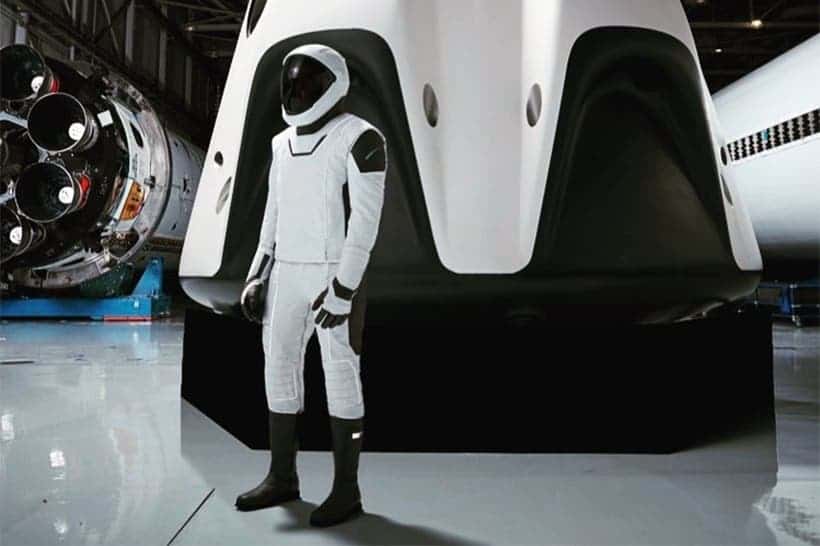
The novel and unique spacesuits recently designed by NASA for Artemis expedition spacewalks are known as ‘Exploration Extravehicular Mobility Unit’ or xEMU.
The dawn of the Artemis mission (which aims to land the first woman and next man on the Moon by 2024) has injected new vigor into the development of spacesuits. Boeing, SpaceX, and many others are working day and night to add to the developments in spacesuit technology to aid astronauts in security, agility, and comfort.
As our objectives become more and more ambitious (especially looking at Mars and beyond), designing better, more efficient space suits is essential. Emerging technologies like 3D printing are already trialed for constructing and repairing spacesuits, helping the suits keep up with the rest of our space exploration technology.
